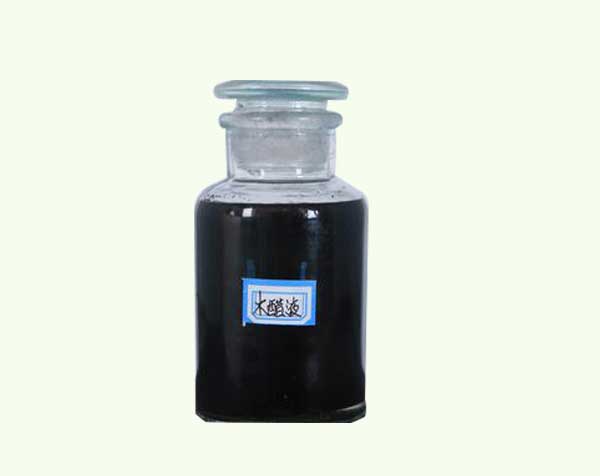Wood vinegar It is an acid liquid of PH3 degree with acetic acid as the main component, which is very similar to the composition and color of vinegar (originally a Weishi taboo color or a transparent light yellow color liquid that completely removes wood tar), and is refined by different methods. In short, it is obtained by natural cooling and liquefaction of smoke emitted during the process of burning wood into charcoal. Therefore, wood vinegar is made by carbonizing trees, converting them into gas, and then naturally cooling them into concentrated liquid. It contains K, Ca, Mg, Zn, Ge, Mn, Fe and other minerals, as well as vitamins B1 and B2. General wood vinegar is used for agriculture, feed and industry.
Wood vinegar: As a plant growth promoter, it is directly applied to the soil.
Wood vinegar and charcoal play a very important role in soil improvement. Only a few of the wood vinegar can be absorbed by crops as a nutritional supplement, and only a small part of the substances with insecticidal effect. However, wood vinegar has a role that cannot be replaced by chemical fertilizers.
Not only that, if the wood vinegar can be used correctly, it can make the absorption performance of fertilizer better and the effect better, and it can also reduce plant diseases and pests. Spraying wood vinegar in soil can not only promote the growth of crop roots, but also improve the soil environment and promote the reproduction of useful microorganisms.
Use 10 to 30 times of wood vinegar in the open land and 100 to 200 times of wood vinegar in the growing period, and irrigate in the deep soil; It can also be mixed with farmyard manure 50-100 times in the field. It can accelerate the propagation of beneficial microorganisms, promote crop germination and root development, thus promoting crop growth, and prevent and control soil borne diseases, such as pathogenic fungi, penicillium, Rhizoctonia, Sclerotinia sclerotiorum, Fusarium, etc. It can also prevent and control nematodes and other diseases and pests, regulate soil pH, purify and improve soil. Especially for saline alkali land, the effect of soil improvement is more obvious.
Rice cultivation: Take the use of wood vinegar as an example. For seedlings in the seedling field, use wood vinegar mixed with powdered charcoal. Watering 1000 times of liquid in the seedlings will not only promote the growth of roots, but also have strong vitality after transplantation and seedlings, making it easier to grow. Moreover, spraying 300 times of liquid several times after the emergence of rice ears will also improve the yield of rice. Applying wood vinegar to paddy fields can also promote the growth of rice roots. The best application period is after the number of stems of rice is fixed. If it is applied before formation, it may increase the number of separations (that is, the distance between the stem and the branch close to the root). The method of application is to block the outlet of water after spraying, and pour 5-6 liters of stock solution per 10 acres from the inlet to mix with 50-100 times diluted wood vinegar. At this time, the dilution rate should be appropriate. And when spraying, there should be water in every place of the field, so that it can penetrate more evenly than flowing into the place where there is water shortage.












